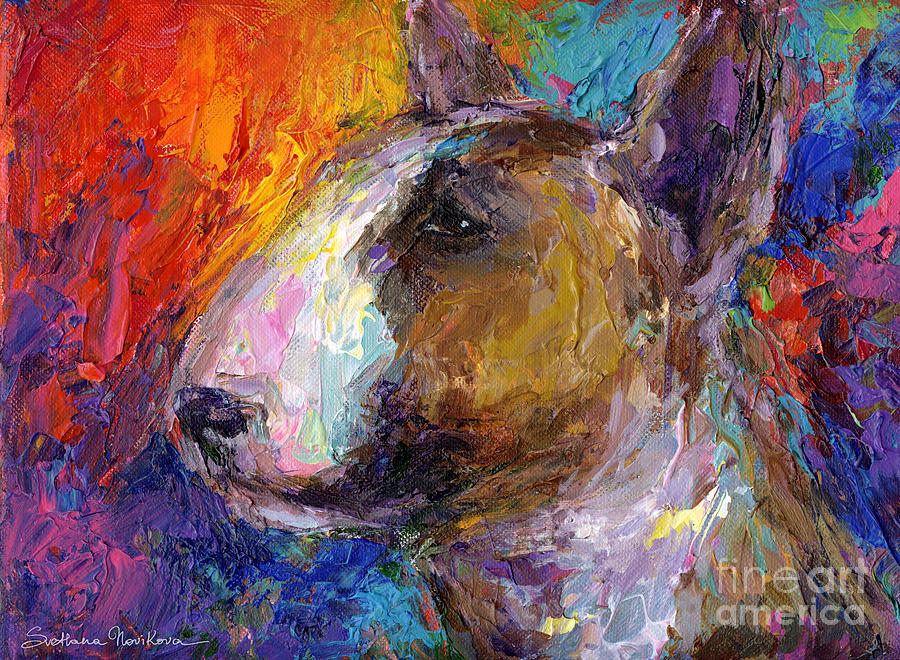
Elizabeth Short was quite pretty. The 22-year-old aspiring actress never found fame in life; tragically, she found it in death.
Her murder in 1947 remains unsolved to this day, but 77 years later, the notorious case known as the Black Dahlia continues to garner public interest. It was a crime so horrific that we feel it best leave out the gruesome details.
One of the people interested in the brutal killing was writer, James Ellroy. His book, The Black Dahlia, published in 1987, was motivated by personal interest rather than prurient curiosity. As a ten year old, Ellroy’s mother, Geneva Hilliker Ellroy, was also murdered, her killing in 1958 also unsolved to the present. As one might imagine, the tragedy profoundly impacted Ellroy. His writing (known for its “machine gun prose”) found a home – and success – in the crime fiction genre, books focused on dark “hard-boiled” detective fiction and brutal noir thrillers. Maybe you’ve heard of a few of them? Besides the Black Dahlia, Ellroy wrote L.A. Confidential (made into a movie), The Big Nowhere, and White Jazz.
Not everyone would want to get into the details of a murder as macabre Elizabeth Short’s, and Black Dahlia wasn’t strictly factual, it was a “fictional re-telling” of the true murder. Still, there was no escaping the disturbing facts of the crime. For Ellroy, however, writing about the Black Dahlia enabled him to channel his emotions and connect the unresolved aspects of his own mother’s murder. Far from giving him “closure” (a notion Ellroy has called “bulls**t), he has described writing the book was an outlet for him to express unresolved feelings about his mother’s strangulation with one of her own stockings, a way to pour his obsession and unsettled feelings into the book.
Grief is personal, and how one copes with loss, let alone for one as young as Ellroy was, is handled the only way one knows how.
For Ellroy, the healing process was long and rocky. A substance abuser in his teens and early 20s, he moved on to petty crimes and periods of homelessness. He wasn’t able to hold onto a job, and it wasn’t until later in adulthood that he overcame his addictions and emotional issues. The act of writing helped make Ellroy’s life more stable. So did the love of a good dog.
In this case, the “good dog” was a Bull Terrier named “Barko.” Ellroy described the terrier as a significant part of his life, and even claimed that he channeled his writing through Barko who become a central figure in Ellroy’s public persona. Reflecting his special bond with the dog, Ellroy voiced his desire to walk Barko through the Kansas City Country Club to contrast the rarified atmosphere of a country club with the gritty themes of his books. It’s been suggested that elevating the dog to country club admission status underscored his deep attachment to the dog, or that Ellroy craved a desire for acceptance in elite circles while maintaining his quirky identity. From where most dog people sit, Ellroy’s fantasy of a country club stroll with a Bull Terrier makes him someone with whom it would be entertaining to have an adult beverage. Just saying.
These days, James Ellroy has two American Pit Bull Terriers named Dudley and Barko, the latter an homage to his dear departed Barko. It’s apparent that Ellroy enjoys terriers, and he himself has expressed a strong affinity for bullies pointing out their intelligence and loyalty as traits he admires.
Barko has passed away, but his memory continues to hold significance for Ellroy who has described him as “immortal” in spirit, and whom he’ll see again on the other side.
A wish all dog owners have.
Image: Bull Terrier by Svetlana Novikova
www.svetlananovikova.com
www.Facebook.com/SvetlanaNovikovaArt
www.Youtube.com/SvetlanaNovikovaArt
www.MoodyArtist.com
